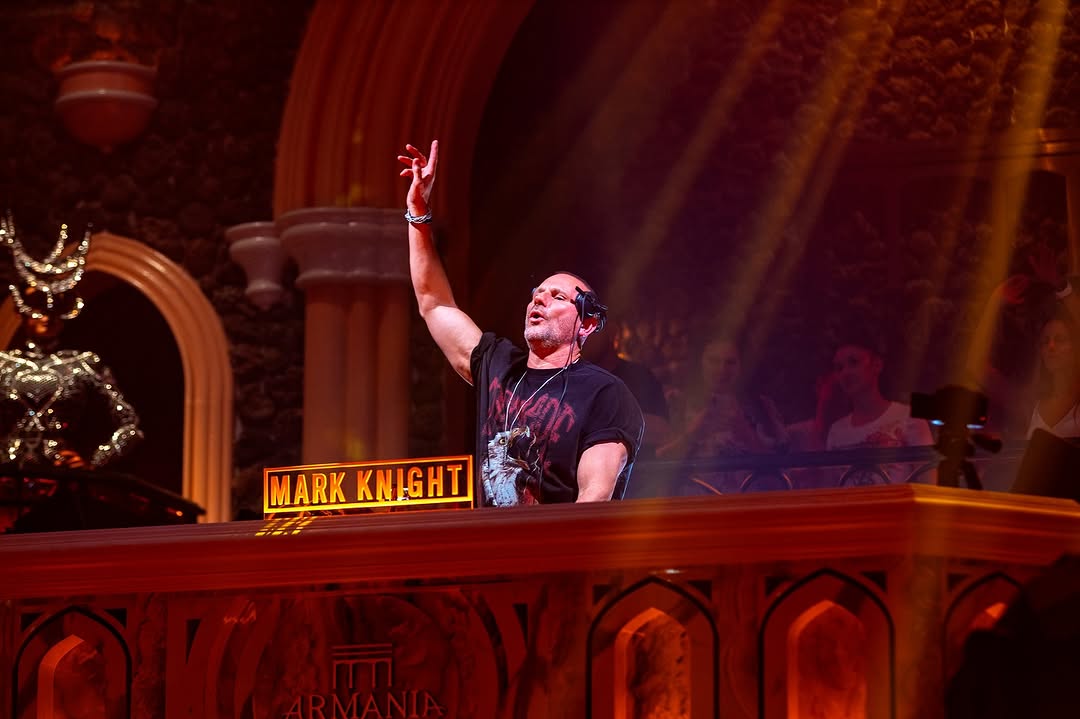In 1984, Akira Toriyama's original Dragon Ball manga quickly took the world by storm. Toriyama's manga series was adapted into two separate anime titles, Dragon Ball and Dragon Ball Z. The latter focused on the more action-oriented adventures of fan-favorite protagonist Goku and concluded the story that Toriyama himself wrote and drew. However, exactly one week after DBZ aired its final episode on Jan. 31, 1996, a sequel series Dragon Ball GT premiered on Fuji TV. While not based on a story by Toriyama, the franchise's creator still played a role in the series' development.
Taking place five years after the conclusion of DBZ -- ten years in the Funimation dub -- Goku completes training Uub just as Emperor Pilaff and his associates infiltrate the Lookout to steal the Black Star Dragon Balls, the original Dragon Balls created when Piccolo and Kami were a single being. Accidentally wishing Goku back into a child, the heroes were shocked to discover they only had one year to travel the cosmos and bring all seven Black Star Dragon Balls back to Earth to prevent its destruction. Accompanied by Trunks and his granddaughter Pan, Goku encountered many powerful enemies in his travels and achieved the new combat transformation Super Saiyan 4.
While GT's story was not conceived or written by Toriyama, he oversaw the overall production of the anime series in a similar capacity to his role on previous anime series and films, providing his tacit approval on the story and depiction of his characters. It was Toriyama who gave the sequel series its "GT" moniker, with the initials standing for "Grand Tour" referring to Goku's interstellar adventure across the galaxy. Toriyama created several designs for the series, including the main trio's robotic companion Giru as well as the spaceship built by Capsule Corp to help them travel the stars. Toriyama would later provide sketches of several versions of the characters as seen in the series, most notably a drawing of Super Saiyan 4 Goku that was included with the limited edition Dragon Box compilation of the series.
The response to GT remains mixed over 20 years after its conclusion in 1997, but Toriyama largely praised the show and its production team for their work. Toriyama called the animators on the series "excellent" and particularly complimented Katsuyoshi Nakatsuru, who provided additional character designs for the series, as working well with Toriyama's iconic style. Toriyama reportedly enjoyed watching the series himself and would later refer to DBGT as more of "a grand side-story of the original Dragon Ball." The comment has since been interpreted both as a confirmation and refutation from Toriyama that DBGT should be considered a canonical continuation from his original manga story between divided fan opinion.
Nearly 20 years later, the revival series Dragon Ball Super would premiere, taking place within the ten-year time jump preceding the epilogue to DBZ. More than simply oversee the production as he did with GT, Toriyama wrote the overall plot outline for the anime and would go on to write the accompanying manga series. Events and character depictions in Super would directly contradict what appeared in GT, putting the canonicity of the divisive series further in doubt.
Still, the series maintains a vocal fanbase of its own. It continues to be referenced in the video games and the non-canonical anime series Super Dragon Ball Heroes, helping cement its legacy even as the debate remains over its place in continuity. Love it or hate it, GT has not been forgotten.
About The Author

